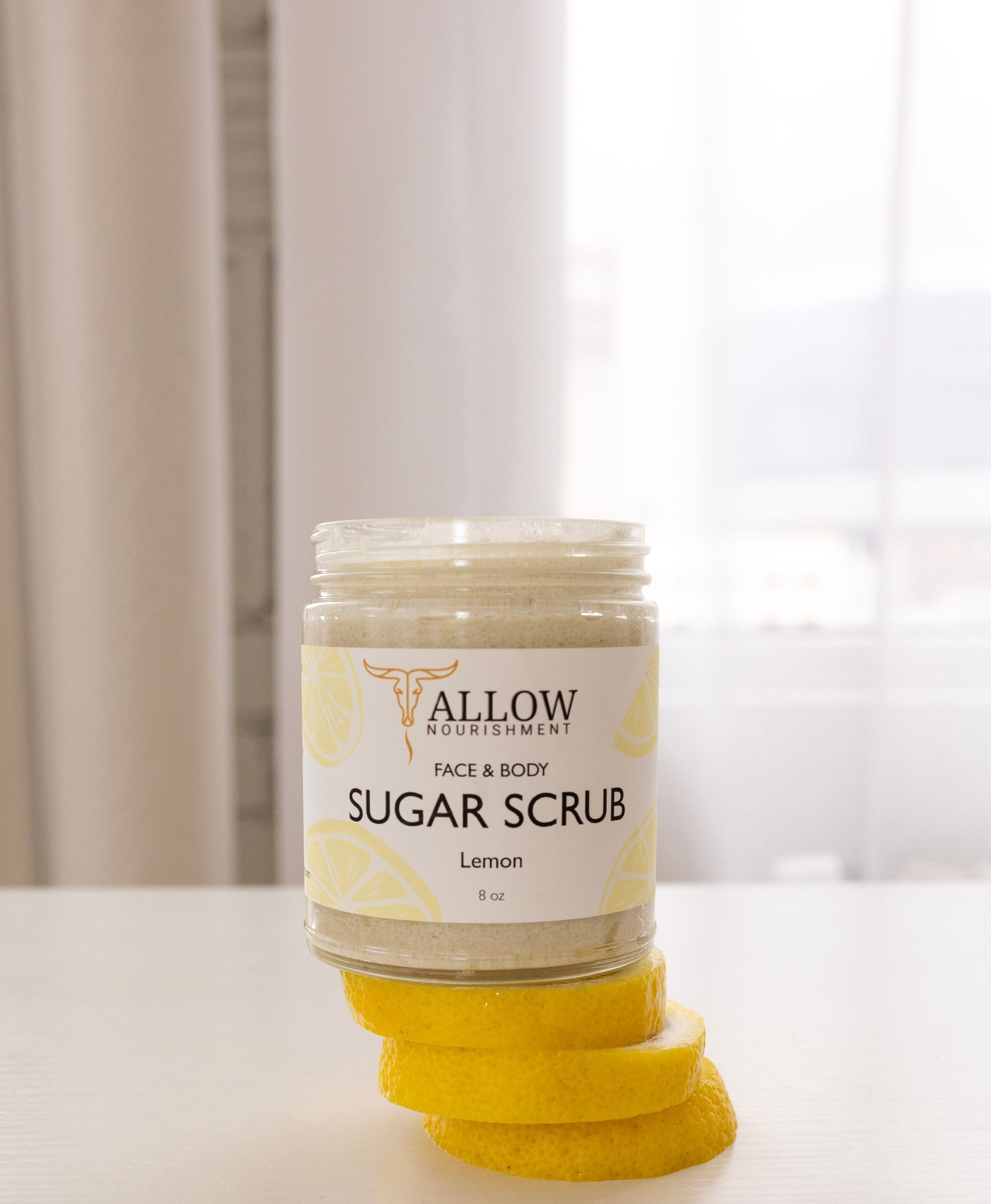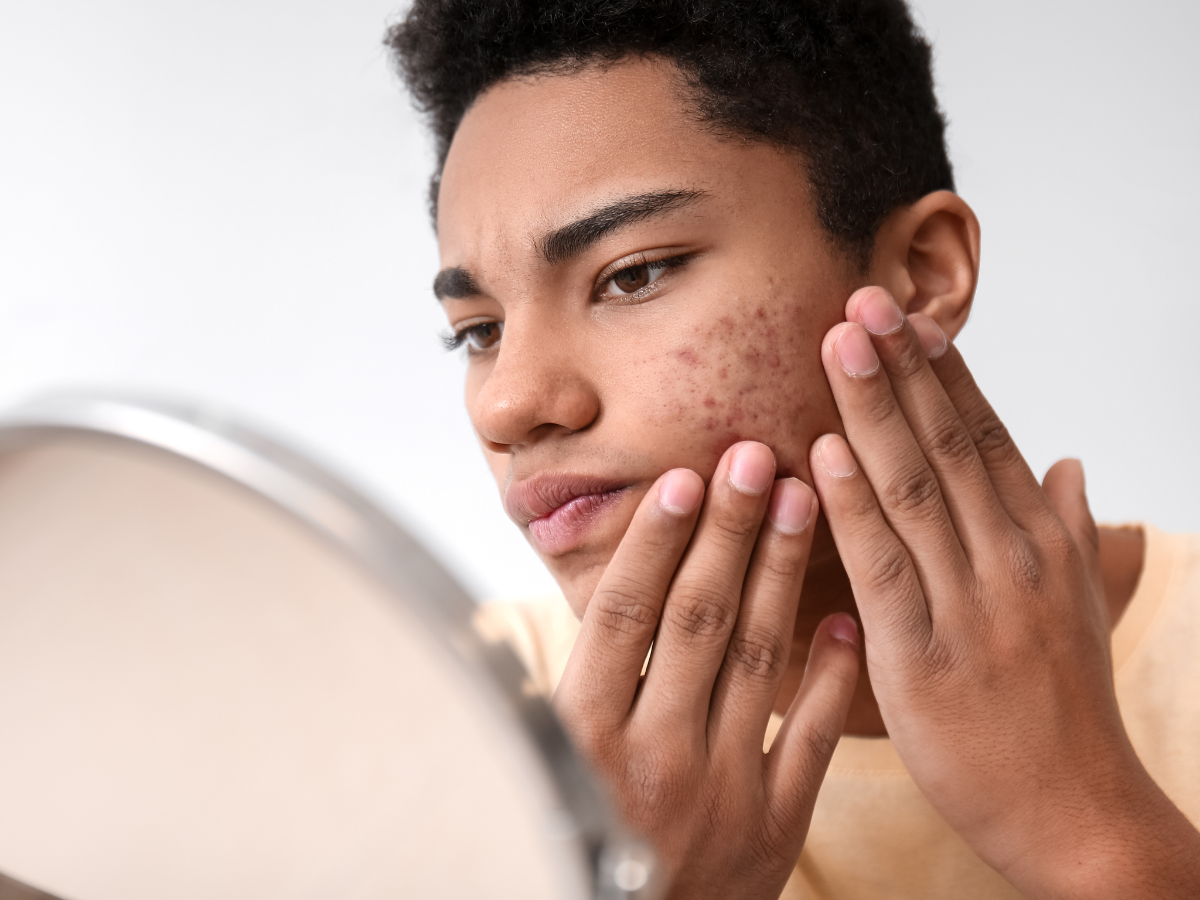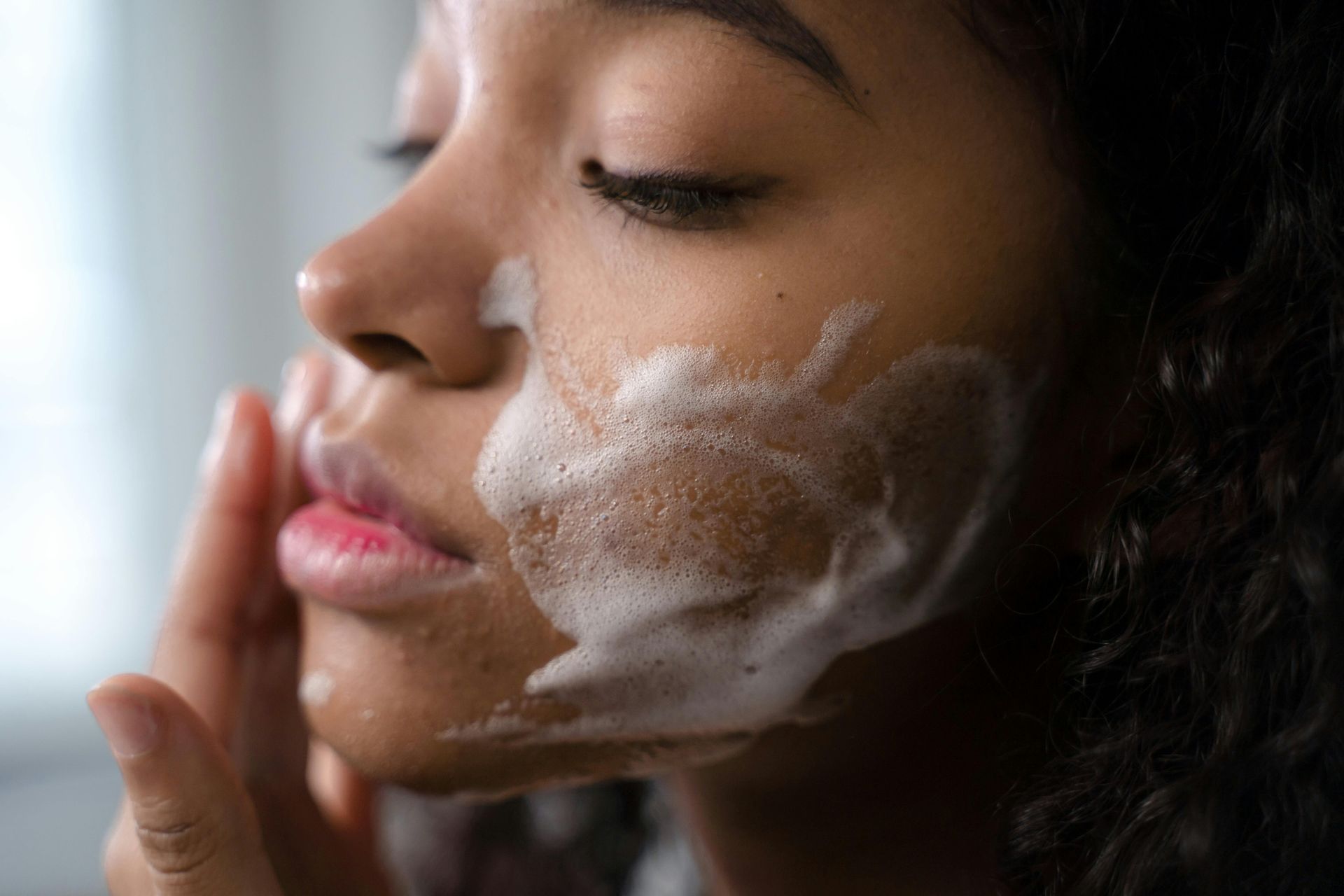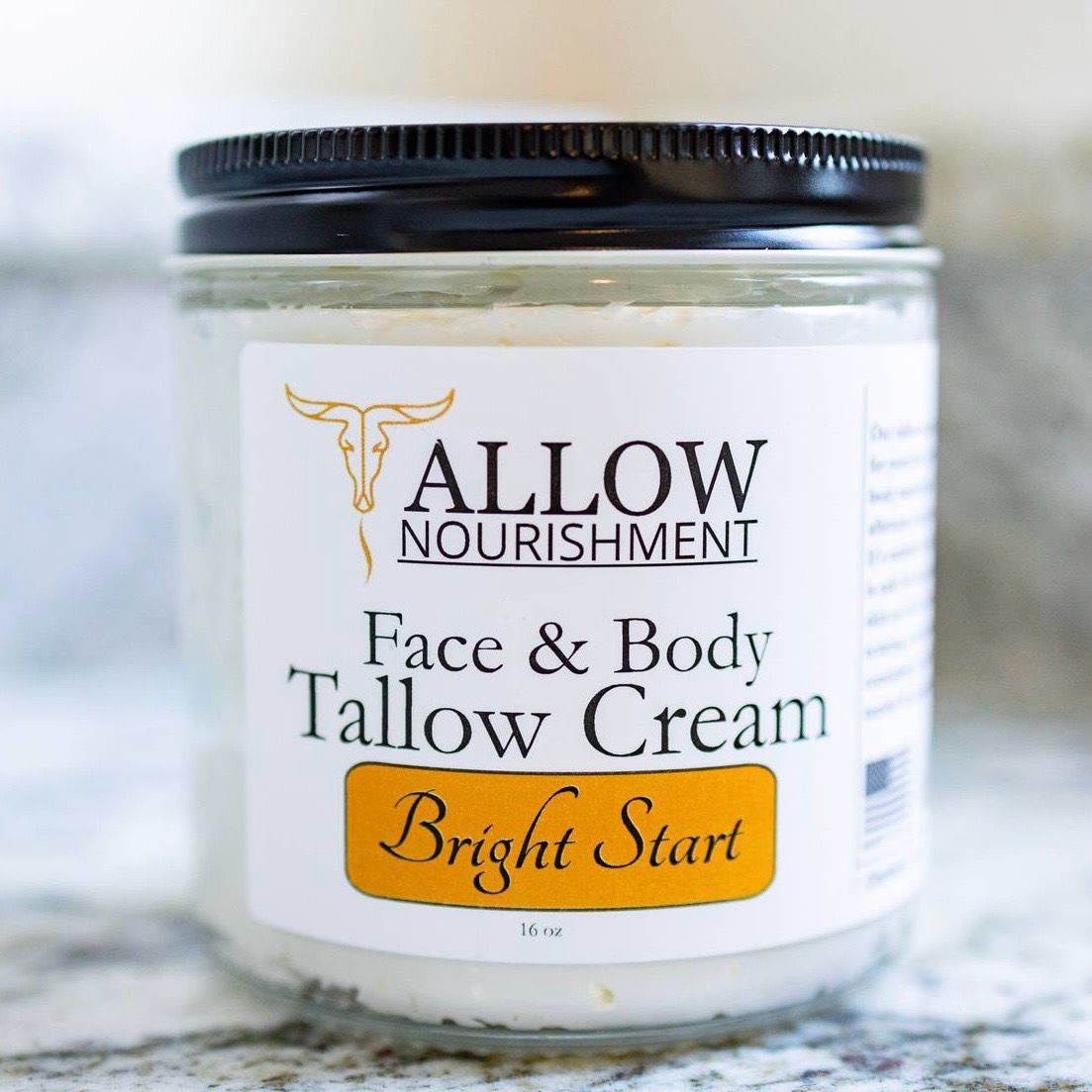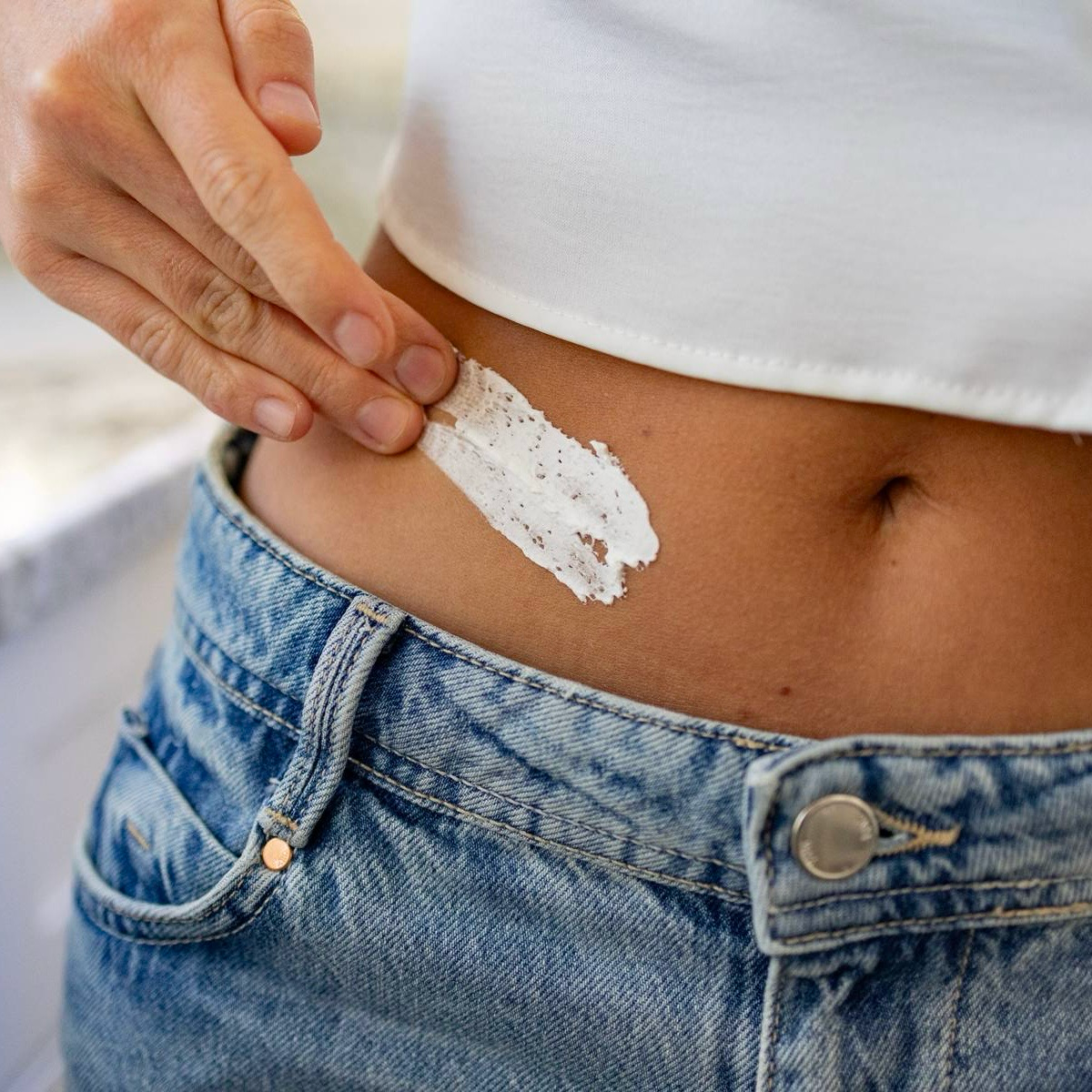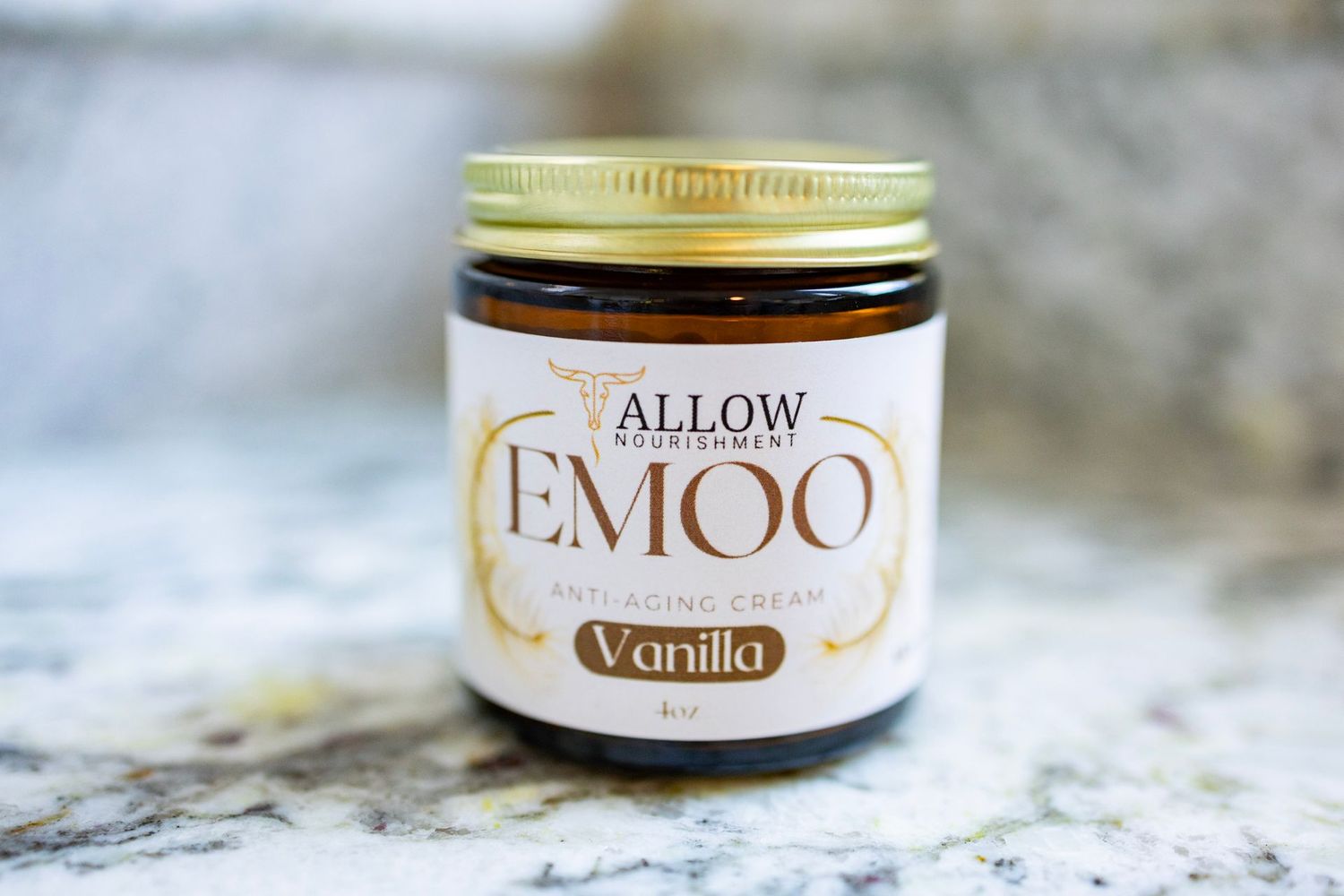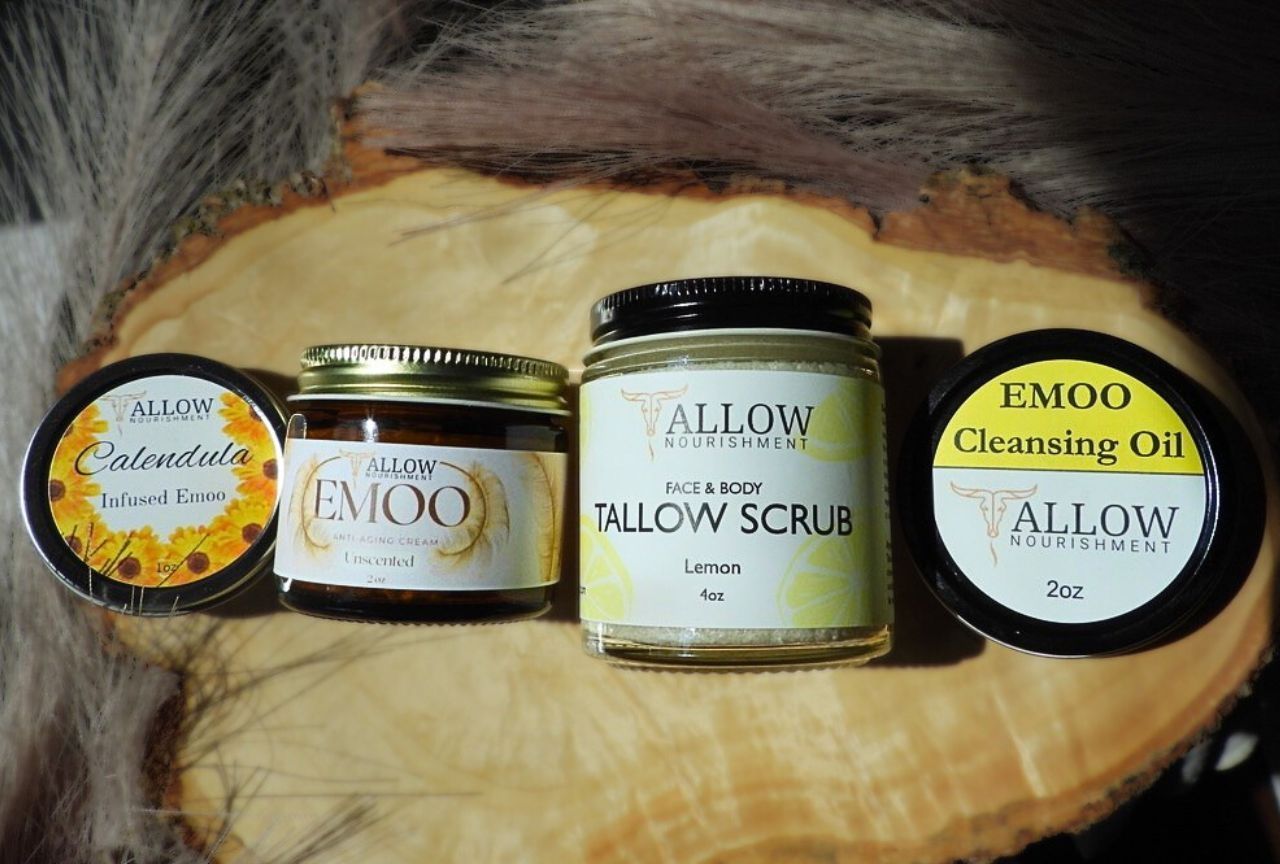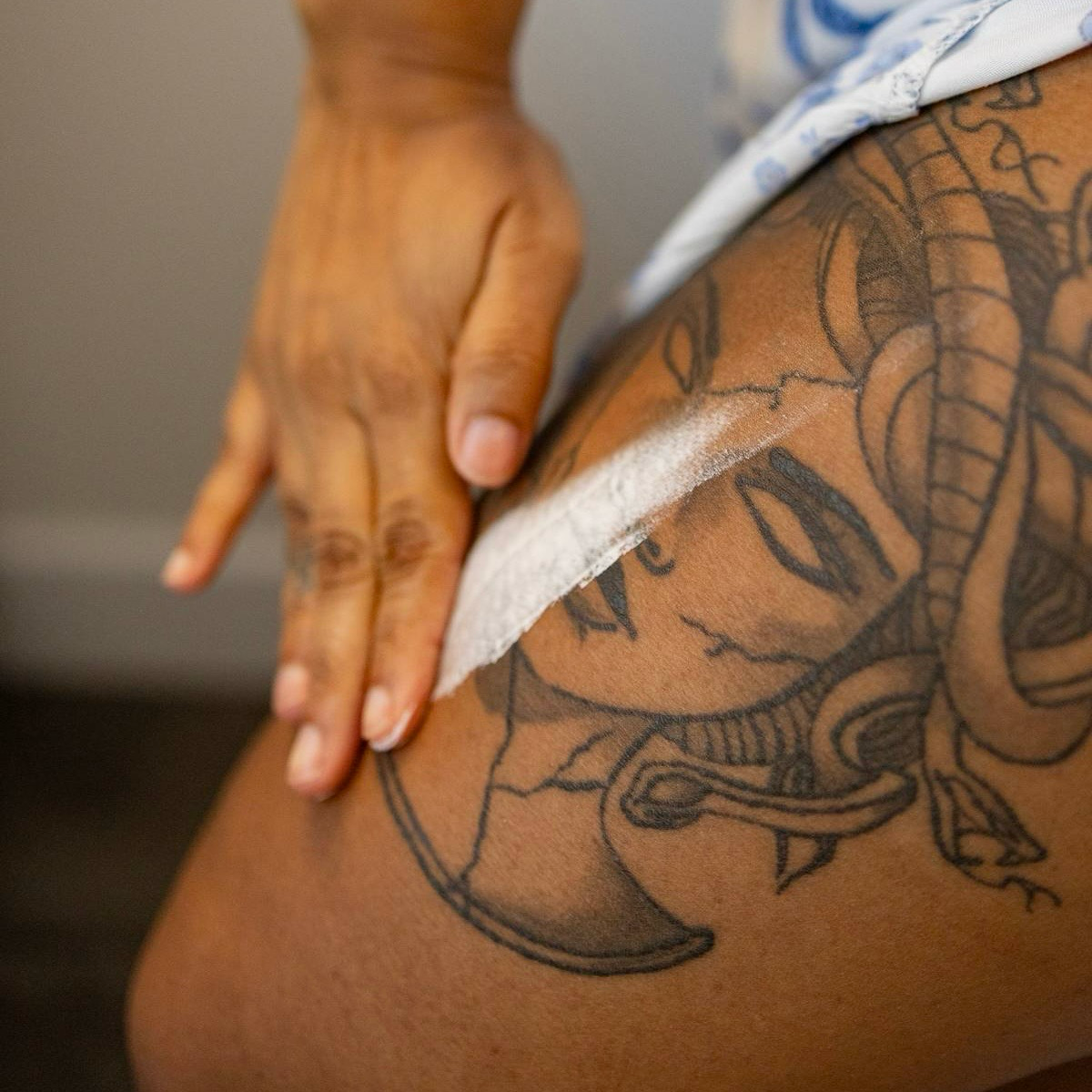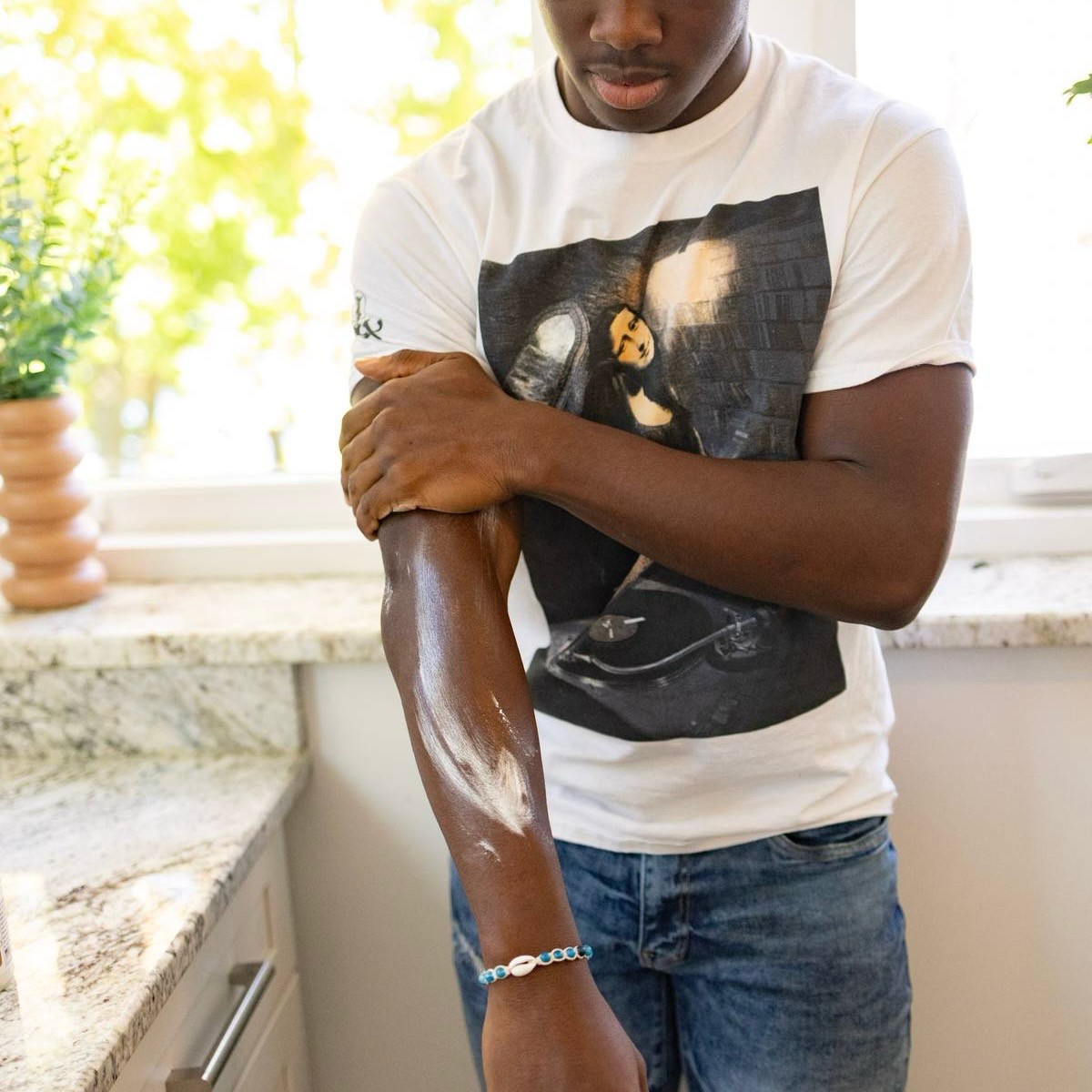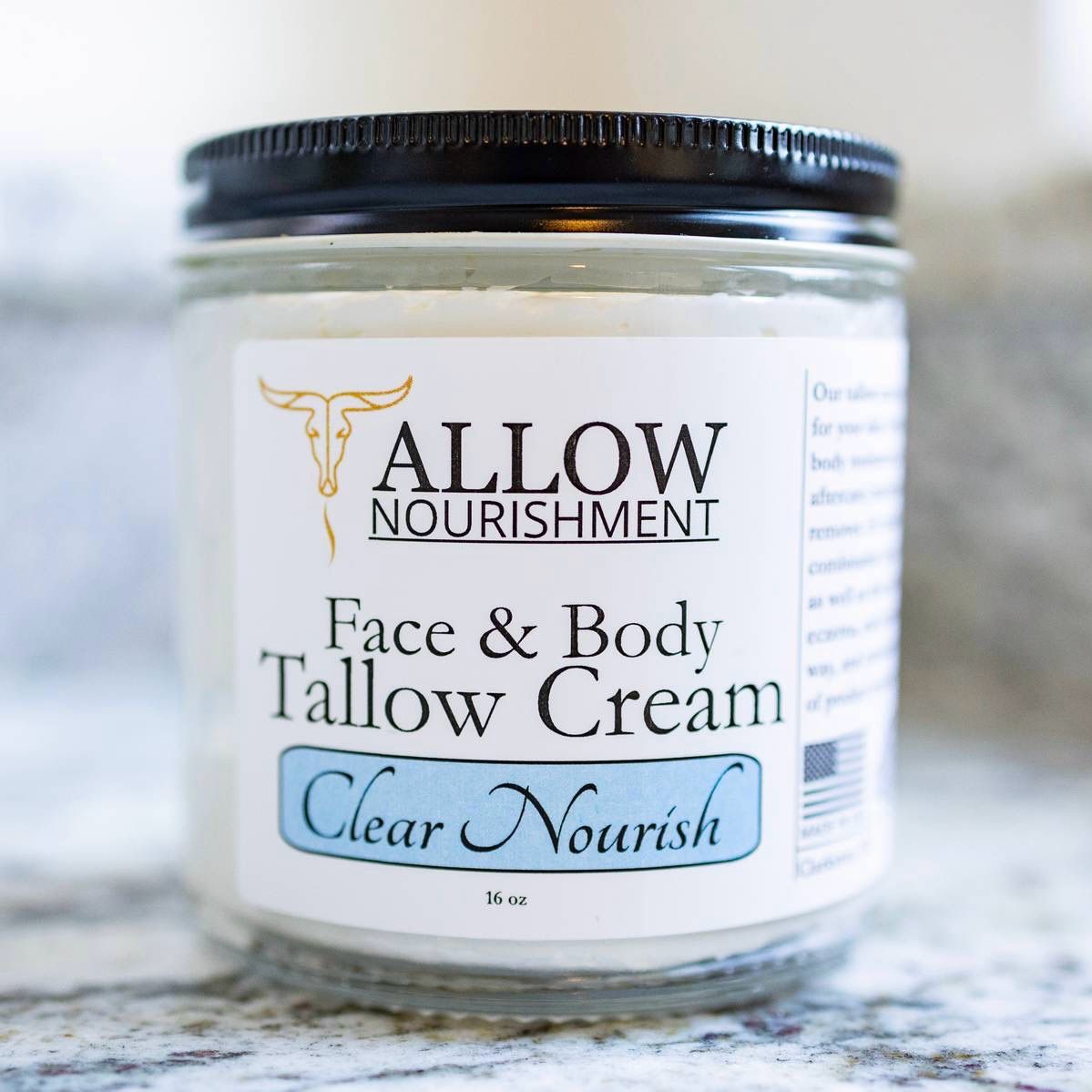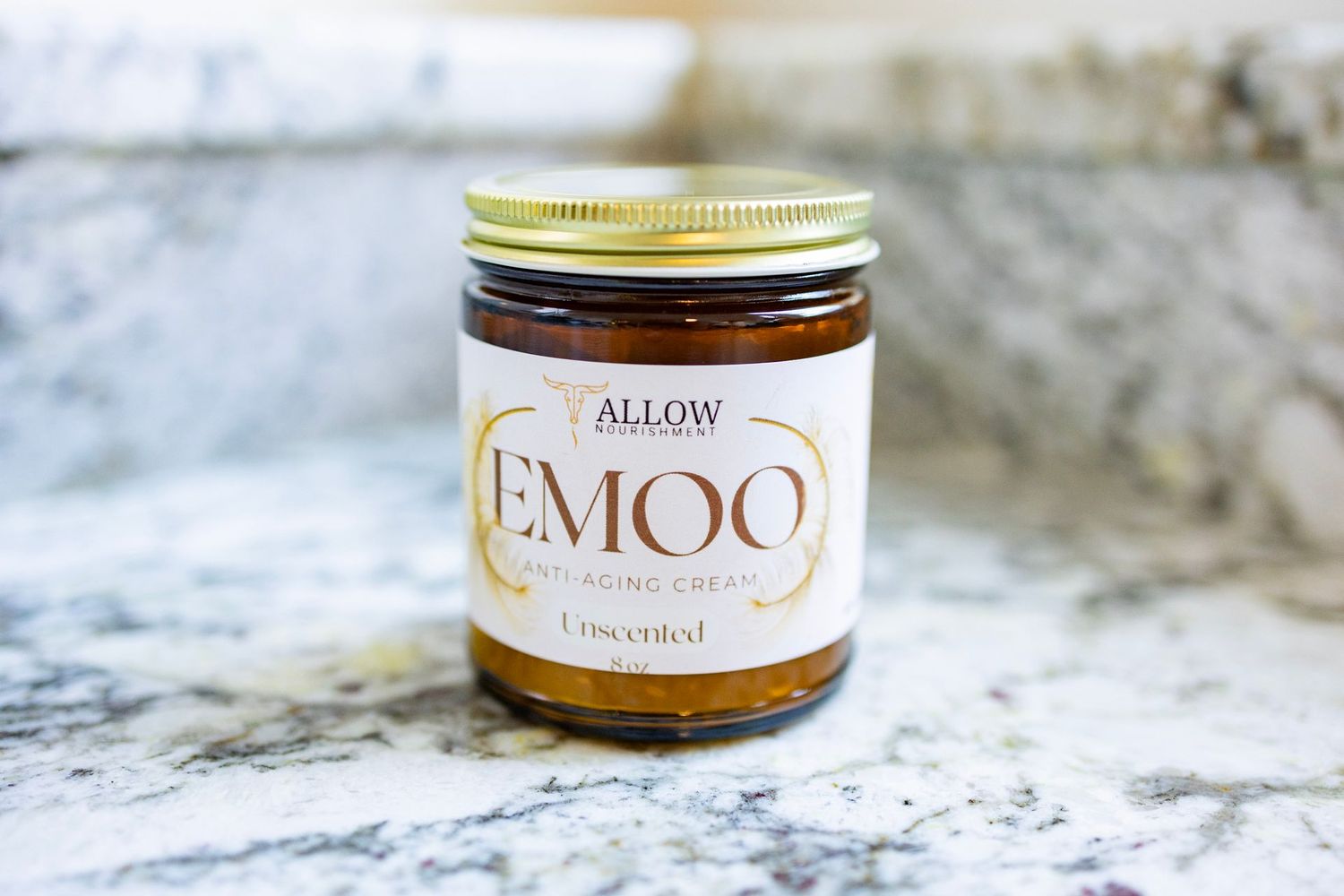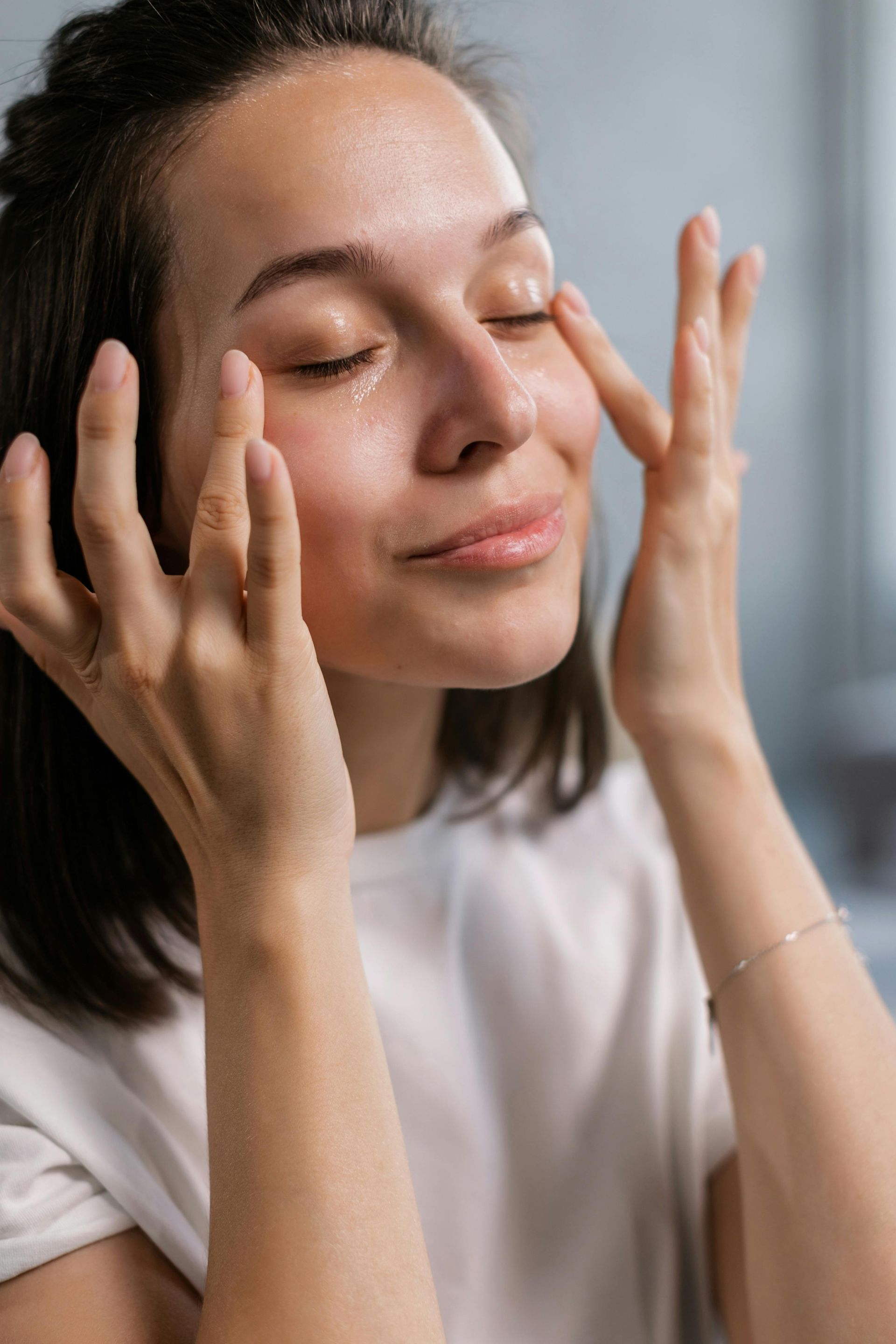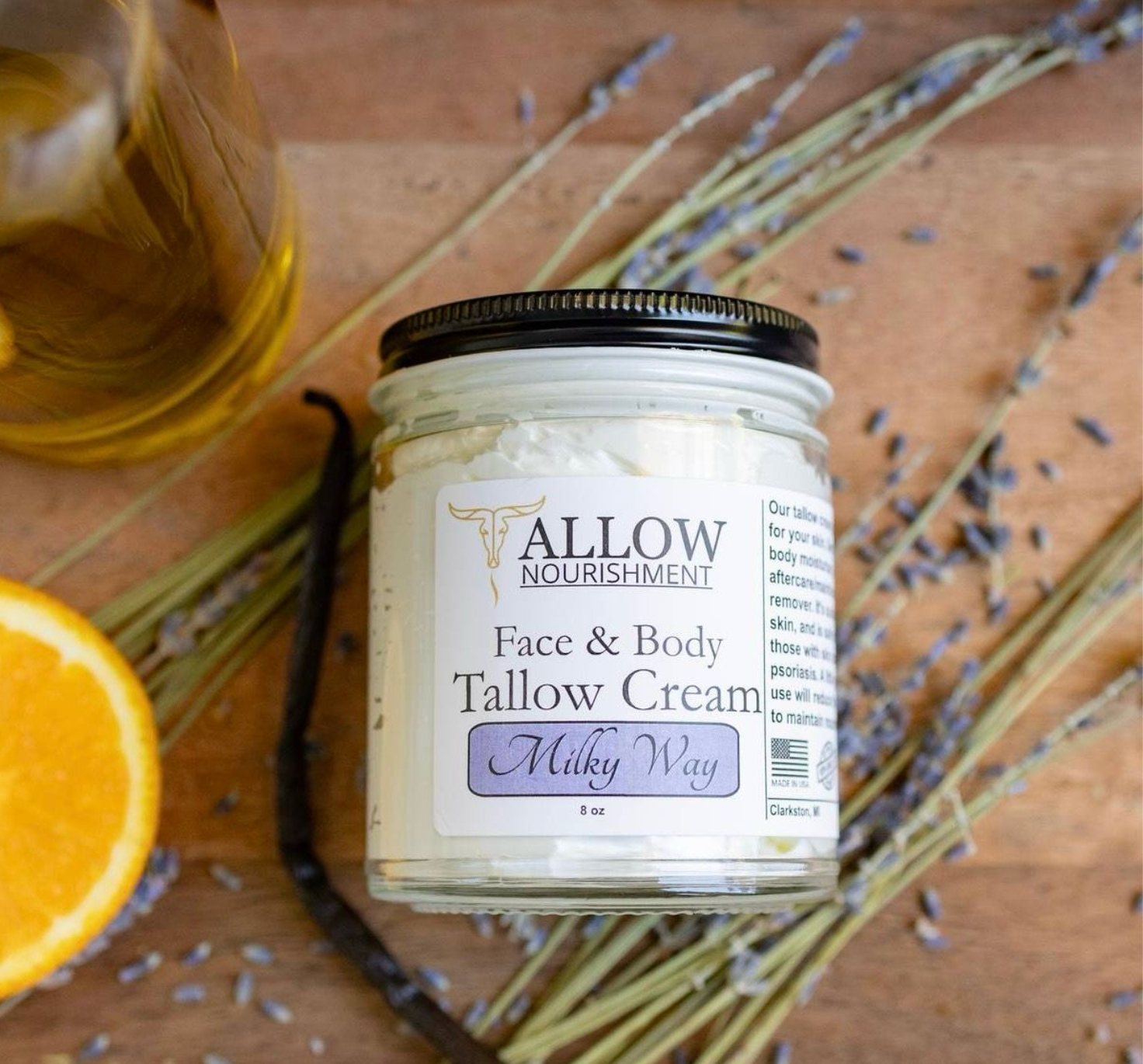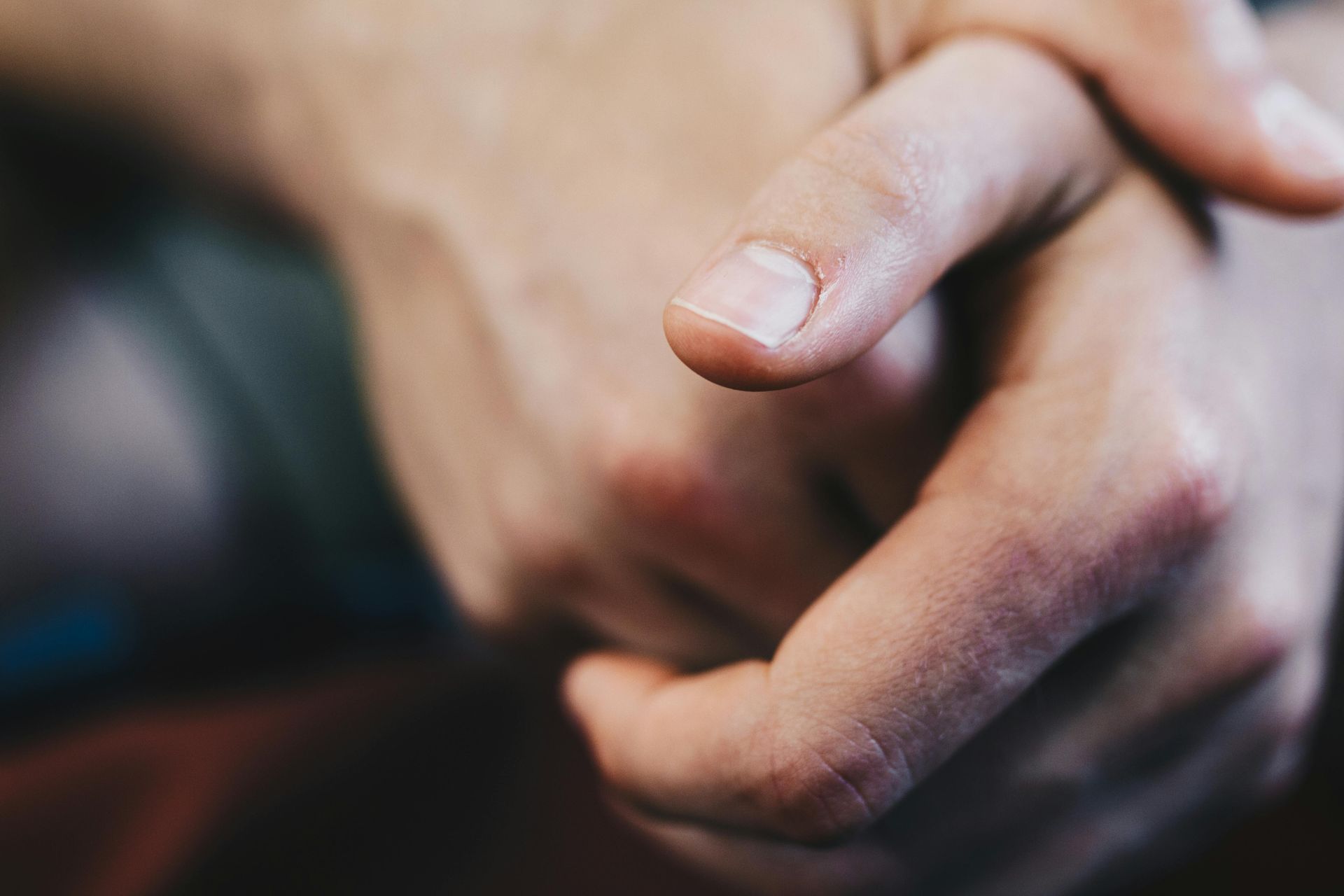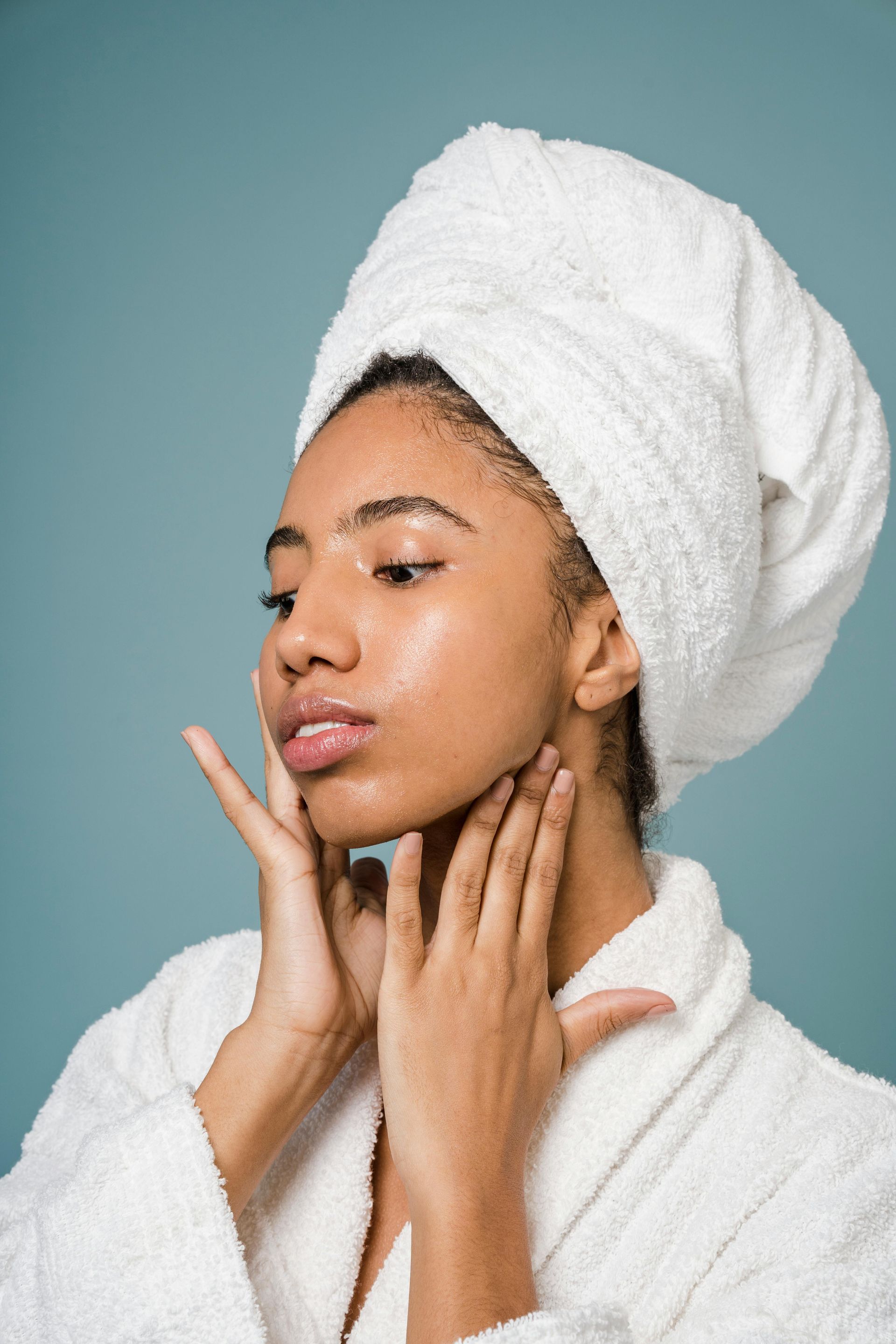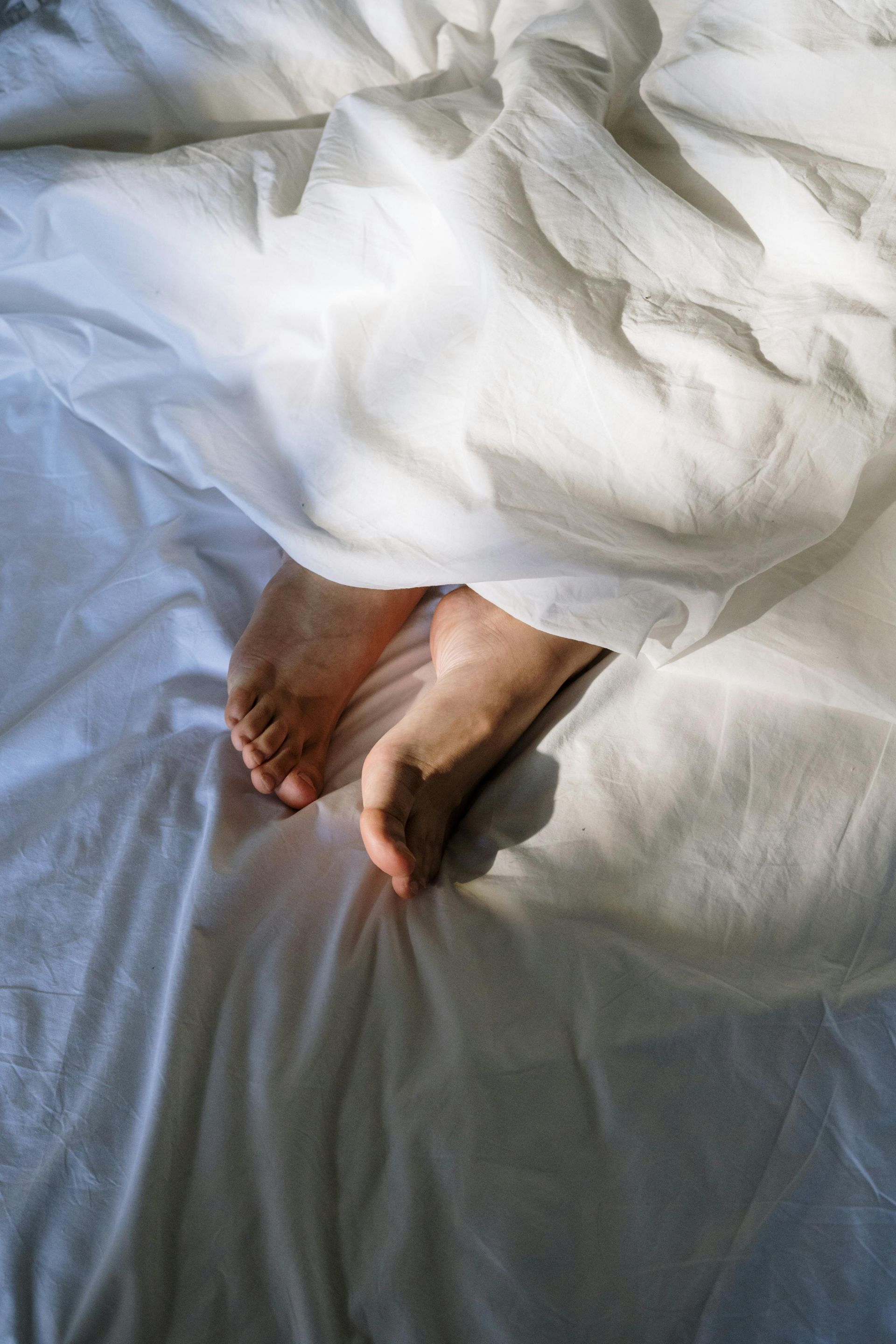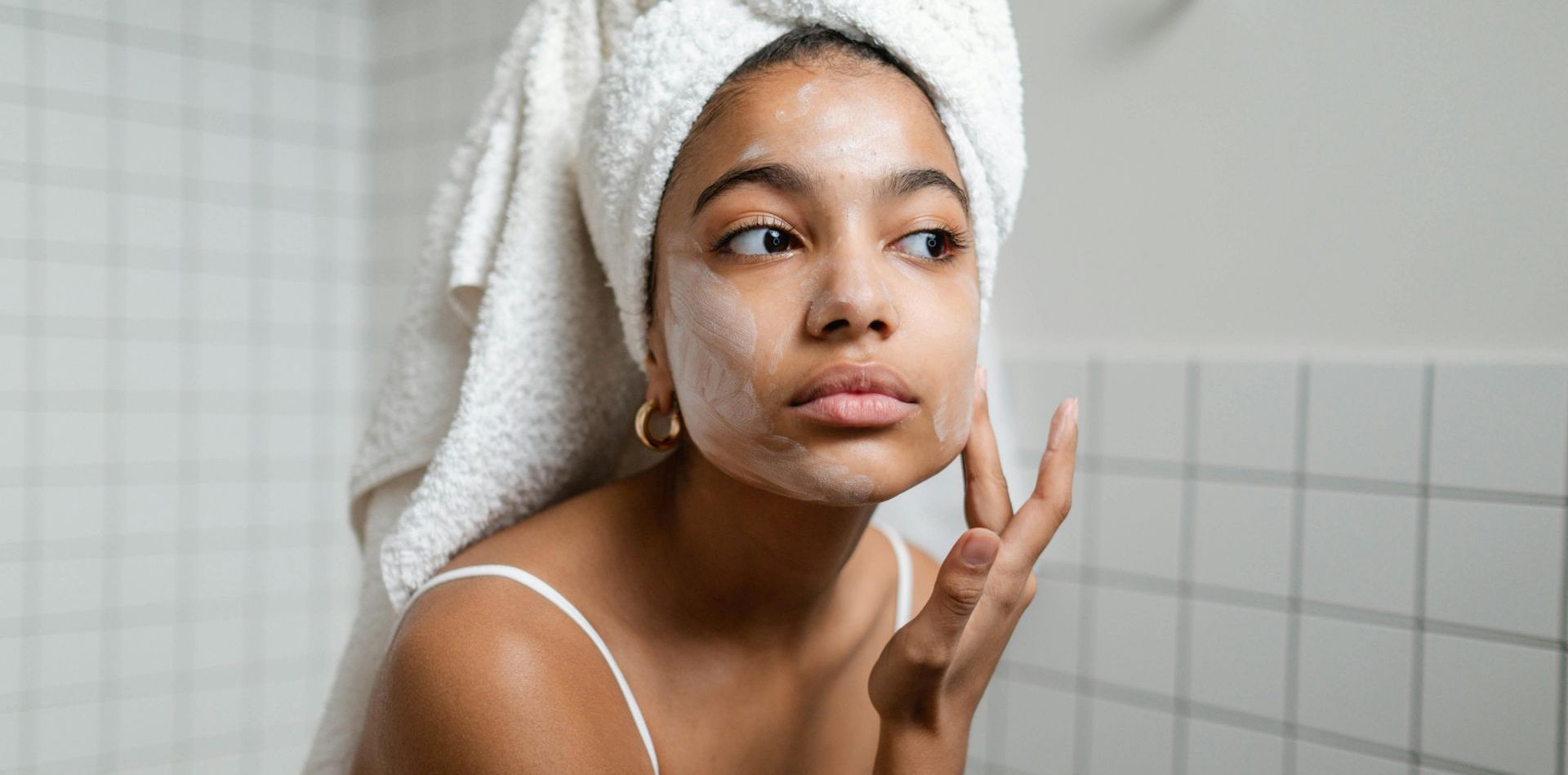Teen acne
affects about 85% of teenagers, making it a common concern and annoyance during a teen's puberty years. Hormonal changes boost oil production in the skin, which leads to clogged pores and unsightly breakouts.
The problem tends to become much worse when
stress, poor skincare routines, and certain products are added into the mix, creating whiteheads, blackheads, or even cystic acne.
Fortunately, effective skincare solutions do exist to manage these challenges while simultaneously protecting your skin's health. This article will help you tackle teen acne with simple tips that work!
Key Takeaways
- Teen acne affects about 85% of teenagers, mainly due to hormonal changes that increase oil production and clog pores.
- Different acne types like whiteheads, blackheads, papules, pustules, nodules, and cysts require specific care methods for treatment.
- Effective solutions include a consistent skincare routine with gentle cleansers, using beef tallow for nourishment, avoiding picking at pimples, and showering after sweating.
- Severe acne cases with painful nodules or cysts may require dermatologist treatments like prescription medications or topical antibiotics.
- Early professional help can prevent long-term scarring especially when using natural products like the creams from Allow Nourishment before resorting to harsh chemicals.
What Causes Teen Acne?
Teen acne often begins with
hormonal changes during puberty. The sebaceous glands start to produce much sebum due to
increased hormone levels, especially androgens. This excess oil mixes with dead skin cells, clogging your pores.
Clogged pores create a good place for bacteria like C. acnes to grow, leading to inflammation and redness.
However, other factors can also contribute to breakouts. Stress can make acne worse by triggering even more hormone imbalances. Diets high in sugar or carbs may encourage new pimples to form. Wearing tight clothing or using oily hair products like sprays can also clog the follicles on your upper back or face, causing more breakouts.
Hormonal shifts fuel teenage acne as your body adjusts.
Types of Acne Breakouts
Whiteheads and Blackheads
Whiteheads and blackheads are common types of acne breakouts. These occur when hair follicles become clogged with dead skin cells, oil, or bacteria like Propionibacterium acnes. Whiteheads form under the surface of your skin, creating a small bump.
In contrast,
blackheads develop when the pore remains open and sebum oxidizes, which gives them their dark color.
Both kinds of acne are
non-inflammatory forms of acne, and can affect people with either oily or dry skin. Using a
gentle cleanser twice daily can help remove excess oil without irritating your face to prevent this type of acne.
You can choose
spot treatments containing active ingredients like
benzoyl peroxide or salicylic acid to
reduce breakouts safely. Natural solutions such as
tallow creams from Allow Nourishment also work well for managing these issues.
Next, let's learn about other types of acne like papules and pustules.
Papules and Pustules
Papules and pustules are common types of acne that cause red bumps and pus-filled spots on your skin. Papules, which form as small, inflamed spots, appear when clogged pores irritate the surrounding area.
Pustules develop when
white blood cells react with acne-causing bacteria like P. acnes, creating a yellow or white center filled with pus.
These breakouts
may last for about two months before disappearing. After healing, they might leave post-inflammatory discoloration that can take time to fade completely. In the meantime, you can reduce irritation and improve oily skin by using mild soap and lukewarm water when cleansing your face daily.
You'll find that healthy and consistent habits will make all the difference in your long-term skincare success. Using gentle cleansers and tallow skincare products are just a few of the ways you can care for your skin without using harsh chemicals or irritating sensitive areas further.
Nodules and Cysts
Nodules and cysts are types of severe acne that form deep under your skin. These painful bumps result from clogged pores filled with oil, dirt, and bacteria. Nodules feel hard to the touch, while cysts are softer but contain pus.
Both can cause
permanent scars
if left untreated. Hormone changes during teen years often trigger them, especially around menstrual periods.
Using over the counter treatments like a
topical retinoid or prescription medications may help
reduce inflammation and prevent scarring
in severe cases.
Allow Nourishment tallow creams like Bright Start offer a natural alternative to harsh chemicals by promoting healthy skin without the irritating side effects.
Most importantly, establishing a consistent skincare routine is crucial for managing mild acne during your teenage years.
Effective Tips for Managing Teen Acne
Let's explore some practical skincare habits and a few natural solutions that can help to reduce teen acne and promote healthier skin.
Establish a Consistent Skincare Routine
Start by
washing your skin twice daily using a gentle cleanser and warm water. Avoid using harsh scrubs or rough cloths as they can irritate the skin's surface and make breakouts worse. Stick to soft materials that won't damage sensitive skin.
Choose water-based or "non-comedogenic" skincare products to prevent clogged pores. Oil-free makeup can also help to reduce buildup on your face, keeping acne under control. In addition to this, you'll always want to rinse off sweat after activities to stop dirt from causing even more severe acne problems.
Use Beef Tallow
Beef tallow is a helpful ingredient that can deeply nourish your skin and reduce breakouts.
Allow Nourishment's products only use
grass-fed tallow
packed with vitamins A, D, E, and K which can repair damaged skin. These nutrients help
balance oil production while reducing inflammation from acne lesions or clogged pores.
For best results, choose products with minimal ingredients like beef tallow for improved skin appearance and less irritation. Incorporating this holistic approach will help you avoid the harsh chemicals found in many skincare products. It supports natural healing without irritating sensitive teen skin or causing health problems over time.
Avoid Touching or Picking at Pimples
Using beef tallow can promote healthy skin, but touching or picking at pimples will undo any forward progress.
Keep your hands off your face to prevent infections and decrease your chance of permanent scarring.
Squeezing pimples will only increase inflammation and cause more breakouts. You may even push bacteria deeper into the skin, leading to worse acne lesions and unsightly scars.
Pimple patches are another alternative solution for spot treatment. These patches protect your blemish from the dirt on your fingers while allowing your skin to heal faster. Treating your teen’s acne early on can reduce potential future low self-esteem caused by visible acne scars.
Shower and Cleanse After Sweating
Sweat, combined with bacteria and oil, clogs pores and causes acne. After
sweating from workouts or your daily activities, shower immediately to cleanse your skin. Use mild skin care products to gently remove dirt without causing irritation.
Tight clothing traps sweat, which can increase the chance of breakouts. Avoid wearing helmets or chinstraps for extended periods to prevent a sweaty buildup on the skin. Regular cleansing helps protect against different types of acne like whiteheads and papules while promoting healthier skin.
When to See a Dermatologist
It might be time to seek out a dermatologist if your acne causes painful nodules or cysts.
Severe cases may require prescription treatments such as
isotretinoin, which requires close monitoring due to potential risks during pregnancy.
For
hormonal acne, dermatologists will often prescribe birth control pills or spironolactone for younger women.
Consider professional help if over the counter medications are not producing your desired results after consistent use. A dermatologist might recommend topical antibiotics, oral antibiotics, or even chemical peels to manage your more stubborn breakouts.
Early treatment will help to prevent long-term skin lesions and scarring. Pediatric Dermatology specialists are also an option for young adults facing severe symptoms of recurring acne.
Conclusion
Taking care of your skin during your teen years can help you manage acne more effectively. Focus on creating a consistent routine and avoiding habits like picking at pimples.
Incorporate natural creams and balms like
Allow Nourishment's Clear Nourish to support healthy, clear skin.
If breakouts worsen or scars begin forming, meet with a dermatologist as soon as possible. Clearer skin is possible with patience and the right steps!
FAQs
1. What types of acne are common in teens?
Teens often experience blackheads, whiteheads, pimples, and cystic acne. Each type requires a specific treatment plan for best results.
2. Can sun exposure affect teen acne?
Yes, too much sun exposure can worsen breakouts and increase the risk of skin damage or even skin cancer over time.
3. Do over the counter products help with managing acne?
Over the counter products can reduce mild to moderate acne when used correctly as part of a consistent treatment plan.
4. Can hair spray or a dirty face cause breakouts?
Hair spray near the face can clog pores and lead to breakouts. A dirty face doesn’t directly cause acne but keeping your skin clean helps prevent clogged pores.
Allow Nourishment Featured
Tallow Tribe Favorites
More Posts
